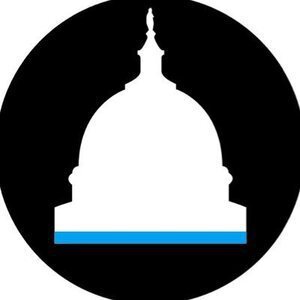- Los Angeles Mayor Karen Bass acknowledged that traveling to Ghana during heightened fire warnings was poorly timed, and expressed regret over her absence during the wildfires. She cited incomplete information about fire risks when planning the trip.
- The Palisades and Eaton Fires caused extensive damage, resulting in 29 deaths, burning over 35,000 acres and destroying more than 16,000 structures.
- Recovery efforts are ongoing, with debris removal expected to continue for up to a year as part of the city’s second phase of cleanup.
Full Story
Los Angeles Mayor Karen Bass has acknowledged that her decision to travel to Ghana days before significant wildfires broke out in Los Angeles was poorly timed in an interview with ABC 7 News in LA.
Mayor Bass says trip ‘was a mistake’
The city was under “red flag warnings” at the time, due to critical fire danger, with wind gusts between 80 to 100 miles per hour. The timing of Bass’s trip drew public scrutiny as the city faced heightened fire risks.
“I hated the fact that I was out of the city when the city needed me the most,” Bass said during the interview. “And frankly, when my family needed me the most — because I was impacted, my family was impacted by the fires as well. It is a horrible feeling to know that it took a long time to come back because of how far away I was. It was a mistake to travel, but I will tell you that we need to evaluate everything. Because, honest and truly, if I had all of the information that I needed to have, the last thing I would have done would have been to be out of town.”
Bass stated that, while the trip was a mistake, in hindsight, she was not fully informed about the escalating fire risks at the time of her departure.
Timeline of alerts and fires
The National Weather Service (NWS) issued a series of fire-related warnings in early January:
- Jan. 2: A “potential fire weather risk” alert was issued.
- Jan. 3: The alert was escalated to a fire weather watch, with a released warning saying “Critical Fire Conditions” and “Major Risk – Take Action.”
- Jan. 4: Bass departed for Ghana, arriving on Jan. 5, coinciding with an upgrade to “extreme risk” and a “red flag warning.”
- Jan. 6: Fire risks intensified, and Bass reposted an NWS alert, warning residents about destructive windstorms.
Just hours after, the Palisades Fire began, followed by the Eaton Fire, leading to significant damage.
Wildfire impact
The Palisades Fire killed 12 people, burned over 23,448 acres, destroyed 6,837 structures and damaged 1,017 more. The Eaton Fire, recorded as the second-most destructive wildfire in California history, consumed more than 14,000 acres, destroyed 9,418 structures and caused 17 deaths.
Return and public reaction
Bass returned to Los Angeles on a military flight the day after the fires began. Her absence during the critical period led to some public criticism, including a recall effort and calls for her resignation.
The mayor confirmed that internal reviews are ongoing to assess the city and fire department’s preparedness.
Ongoing recovery efforts
The city’s recovery is now in Phase 2. Phase 1, led by the Environmental Protection Agency, focused on clearing hazardous waste. The Army Corps of Engineers is overseeing Phase 2, which involves debris removal and is expected to last through January 2026.
Approximately 1,500 truckloads of debris have been cleared daily since Monday, Feb. 17, with millions of tons expected to be removed from affected neighborhoods.













